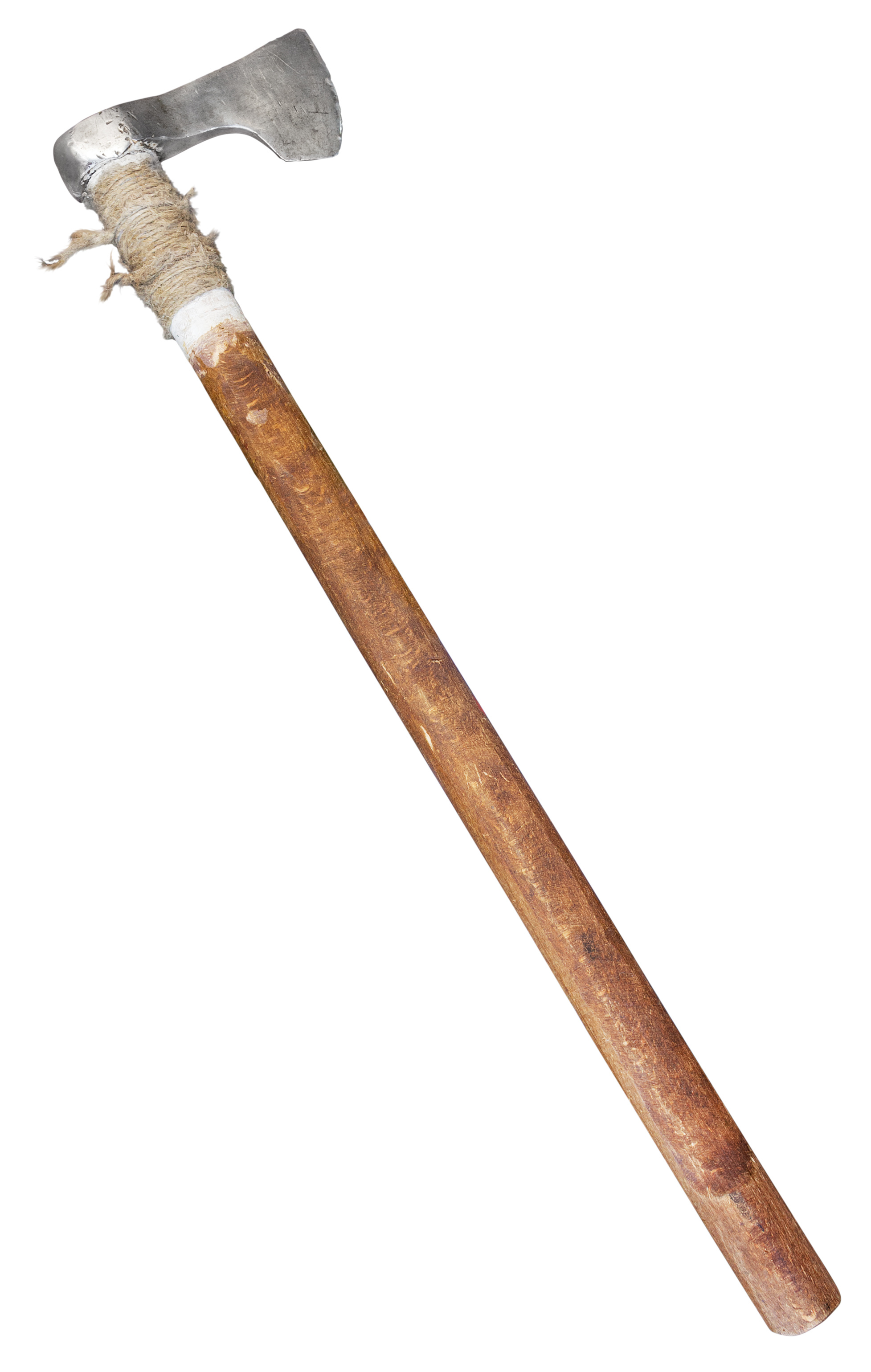
What did it cost to arm a Viking warrior? Without contemporary writing, it is difficult to determine. Several books and articles provide some hints.
Viking: The Norse Warrior’s [Unofficial] Manual by John Haywood provides an entertaining view of Viking life. The book is presented as an unofficial guide to young men considering their future as a raider. Sort of a training manual to get young men ready.
The book provides some approximations for the prices of different weapons, measured in ounces of silver:
- 1.5 – spear
- 4-60 – sword, variation due to range of quality
- 13 – helmet
- 26 – chain mail coat
Another comment says that at the nicer end, a fancy sword could take a year for a blacksmith to make. So factor in a year of skilled labor for the high-end swords. That would explain the above guess of 60 ounces of silver for the nicest swords.
The book also gives another view of the cost of armament by describing the amount of arms a warrior might carry based on the level of the warrior’s wealth:
- Wood axe, otherwise used on the farm – poor man
- Shield and battle-axe (see image at top of this post), or shield and spear – typically armed man
- Sword, likely with shield – a wealthy man
- Sword, axe, spear, helmet, chain mail, shield – an extremely wealthy warrior
To put that in another context, book says a sword might be worth a dozen cows, or maybe more. In a time when having one more cow could mean your family will survive the winter instead of risking death from starvation, a sword represents a huge amount of wealth.
For another view of the amount of arms owned, the book points out that of Viking age graves in which a weapon was found, the count of weapons was:
- 61% of graves held 1 weapon
- 24% contained 2 weapons
- 15% contained 3 or more weapons
Keep in mind a family would have to be relatively well off to afford putting weapons in the ground. That axe you buried with your dad or uncle might have been sold to buy a cow, to make sure the family would be able to survive the next winter.
Price indicators in 11th century Iceland
Hurstwic is a group that provides training on Viking combat techniques. Their website provides a large amount of educational material. Website is here.
One of their pages provides background on Towns and Trading in the Viking Age. Toward the bottom of the page, the exchange rates for various items in Iceland during the 11th century are described as:
8 ounces of silver = 1 ounce of gold 8 ounces of silver = 4 milk cows 8 ounces of silver = 24 sheep 8 ounces of silver = 144 ells (about 72 meters) of homespun woolen cloth 2 ells wide (about 1 meter) 12 ounces of silver = 1 adult male slave
I will rephrase that info:
- 1 oz gold = 8 oz silver
- 2 oz silver = 1 dairy cow
- 1 oz silver = 3 sheep
- 1 dairy cow = 6 sheep
- 1 oz silver = 8 ells of wool cloth, measuring 9 x 1 meter, or about 29.5’x3.2’
To convert that into something that relates to labor, consider this:
- 1 dairy cow = 18 ells of wool cloth, measuring about 60 feet by 3 feet.
Imagine the time it would take to shear enough sheep, cord all the wool, prepare the yarn, and then weave wool cloth to produce 20 yards of wool cloth.
You could then trade that much wool for one dairy cow.